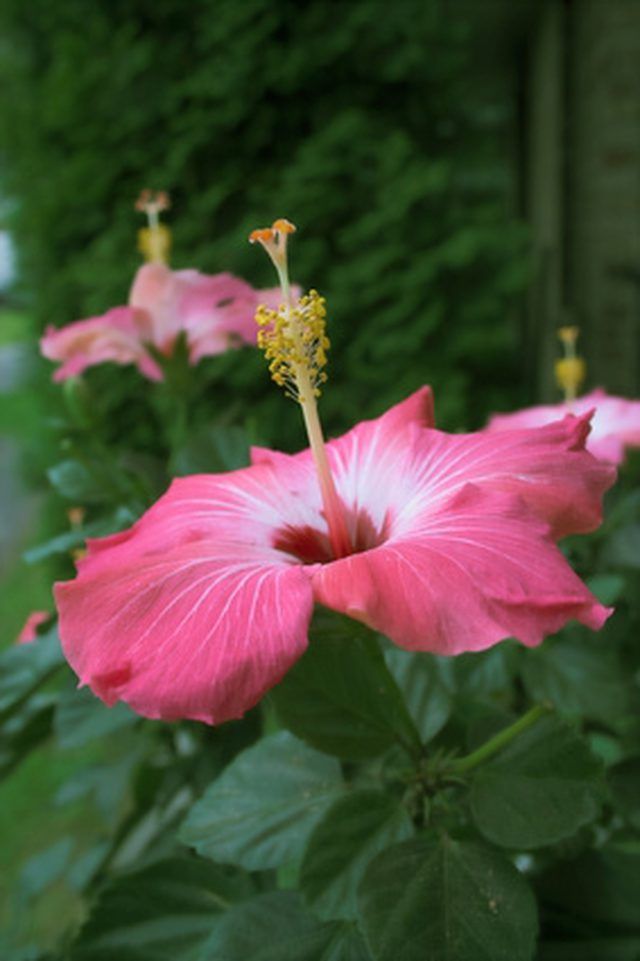Bulbs
Flower Basics
Flower Beds & Specialty Gardens
Flower Garden
Garden Furniture
Garden Gnomes
Garden Seeds
Garden Sheds
Garden Statues
Garden Tools & Supplies
Gardening Basics
Green & Organic
Groundcovers & Vines
Growing Annuals
Growing Basil
Growing Beans
Growing Berries
Growing Blueberries
Growing Cactus
Growing Corn
Growing Cotton
Growing Edibles
Growing Flowers
Growing Garlic
Growing Grapes
Growing Grass
Growing Herbs
Growing Jasmine
Growing Mint
Growing Mushrooms
Orchids
Growing Peanuts
Growing Perennials
Growing Plants
Growing Rosemary
Growing Roses
Growing Strawberries
Growing Sunflowers
Growing Thyme
Growing Tomatoes
Growing Tulips
Growing Vegetables
Herb Basics
Herb Garden
Indoor Growing
Landscaping Basics
Landscaping Patios
Landscaping Plants
Landscaping Shrubs
Landscaping Trees
Landscaping Walks & Pathways
Lawn Basics
Lawn Maintenance
Lawn Mowers
Lawn Ornaments
Lawn Planting
Lawn Tools
Outdoor Growing
Overall Landscape Planning
Pests, Weeds & Problems
Plant Basics
Rock Garden
Rose Garden
Shrubs
Soil
Specialty Gardens
Trees
Vegetable Garden
Yard Maintenance
Plant Life in Honolulu Hawaii
Plant Life in Honolulu Hawaii. Honolulu plant life is a mix of native Hawaiian plants and imported vegetation, enhancing the eclectic nature of the city. The island climate of Oahu, the island where the city of Honolulu is situated, helps create an environment where vegetation thrives. The native Hawaii'an plants are now threatened, both from human...
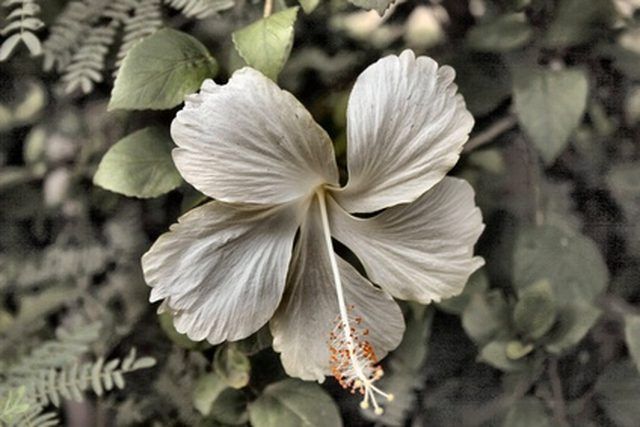
Honolulu plant life is a mix of native Hawaiian plants and imported vegetation, enhancing the eclectic nature of the city. The island climate of Oahu, the island where the city of Honolulu is situated, helps create an environment where vegetation thrives. The native Hawaii'an plants are now threatened, both from human activity and by imported plants, often coming as garden plants but spreading uncontrollably in the absence of natural enemies.
Native Hawaii'an Plants
The Hawaii'an islands have been slowly colonized by plants and animals. The islands themselves are young in geological terms--less than 10 million years. And the distance from other land has meant that any animal or plant found here originally came with the winds, waves or with some other animal (bird or insect, or subsequently humans).
The tropical yet variable climate has meant that plants and animals found many different niches to adapt to. While the climate is typical for the tropics, and there are two basic seasons, each island has a windward and leeward side, which vary in rainfall. And since the islands are volcanic, the mountains are relatively high and the rainfall has formed isolated valleys through erosion, creating a multitude of micro-climates. This is benevolent to vegetation, which can be found everywhere--there are even flowers which grow on rocks.
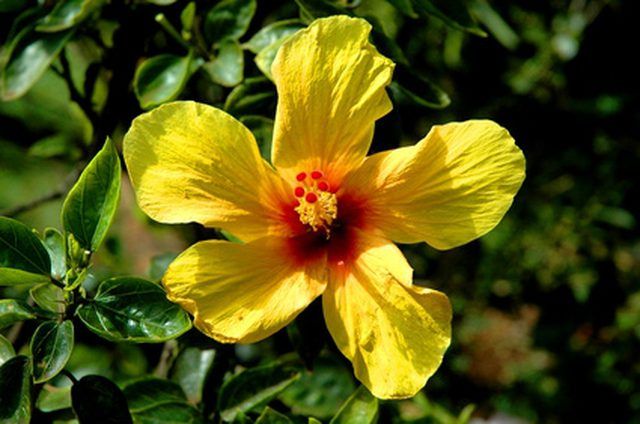
Threatened Hawaii'an Plants
When the Polynesians, and later the Europeans, came to the islands this had a devastating impact on the island vegetation and variety. Forest clearance and cultivation of imported plants have killed off both wildlife and plants. When humans came, there were approximately 50,000 species of plants and animals in Hawaii. Today, only 2,600 remain. As many as 273 plants are listed as endangered by the U.S. Fish and Wildlife Service (USFWS). Half of the world's endangered plant species are found in Hawaii. More than 50 percent of the 2,200 native tree species have either disappeared or are endangered.
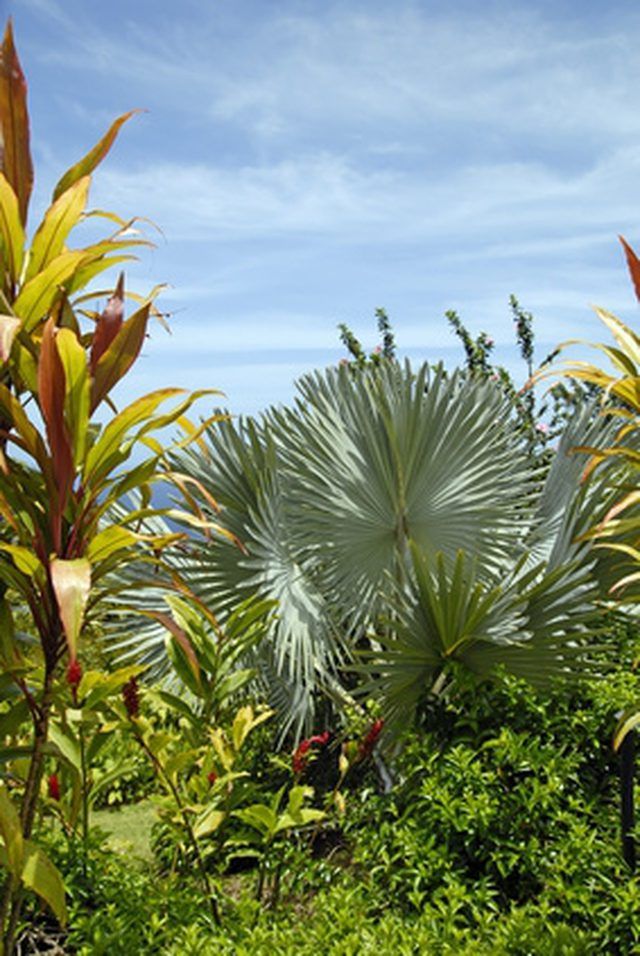
Nature Reserves
Hawaii has a number of reserves under the management of the National Park Service, and although these include the USS Arizona Memorial at Pearl Harbor, this is not a nature reserve. The state of Hawaii has created several reserves to preserve threatened wildlife and vegetation on the island of Oahu.
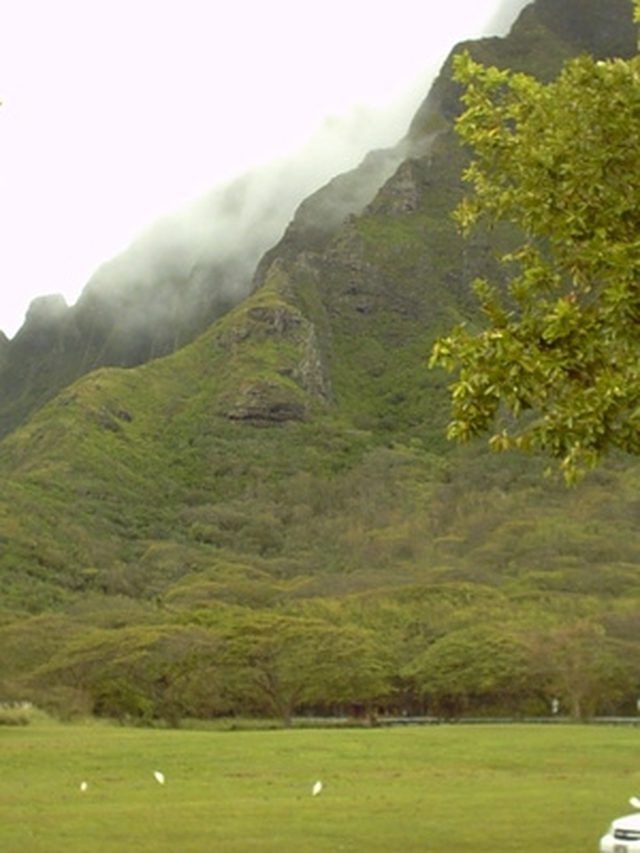
Imported Vegetation
Over the almost two centuries that Hawaii has been open to visitors from Asia, America and Europe, these have brought a large number of plants. These were imported as garden plants and for cultivation. Some of them have spread uncontrollably and are now considered naturalized in Hawaii. These include the fig tree and the eucalyptus tree.
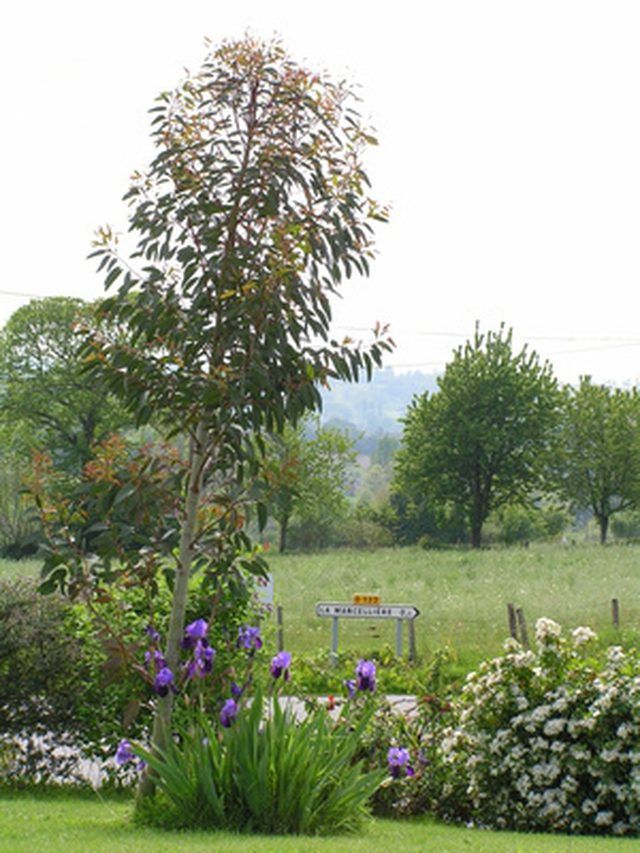
Famous Trees and Plants
In the traditional Hawaii'an society, the different species of trees and plants were used for tools, canoes, to weave baskets and create hats and clothes. Today, the most famous of these trees is the koa, which is protected by the state. A limited number of trees are harvested every year and used for souvenirs.
Flowers are however the most famous part of the native vegetation. Today, the imported flowers compete successfully with the native flowers even in the most Hawaii'an symbol, the lei or flower necklace. Flowers are also used for perfume. One of the Hawaii'an flowers, the hibiscus, can also be used to carry a message. If a young woman wears a hibiscus flower on her left ear, she is married or in a relationship. But if she wears it over her right ear, she is single.
